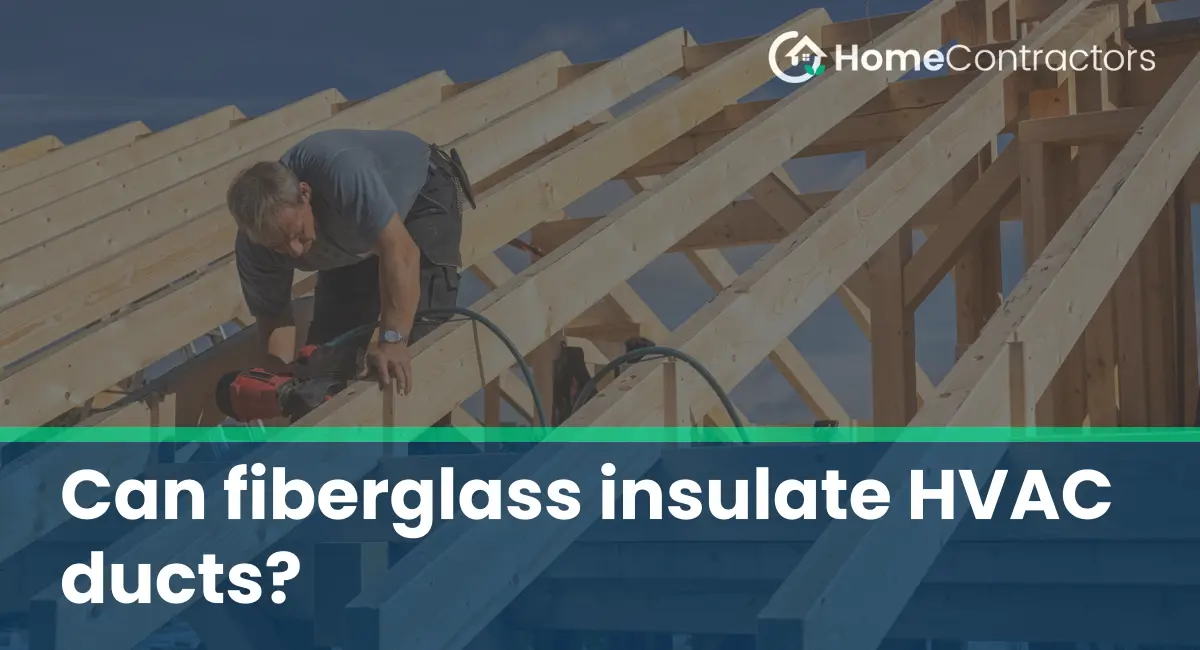When it comes to insulating HVAC duct systems, there are several options available, one of which is fiberglass insulation. Fiberglass is a common material used for insulation due to its thermal and acoustic properties. However, before considering fiberglass insulation for HVAC ducts, it is essential to understand its suitability, benefits, and potential drawbacks. In this article, we will explore whether fiberglass is a suitable option for insulating HVAC ducts, discussing its advantages, disadvantages, and alternative solutions.
Advantages of Fiberglass Insulation for HVAC Ducts
- Thermal Insulation: Fiberglass insulation is known for its excellent thermal insulating properties. When applied to HVAC ducts, it helps prevent heat loss in colder environments and heat gain in hotter climates, ensuring that conditioned air remains at the desired temperature as it travels through the system. Proper insulation helps reduce energy consumption and improves the overall efficiency of the HVAC system.
- Acoustic Insulation: HVAC systems can produce unwanted noise, which can be disruptive in residential or commercial spaces. Fiberglass insulation helps dampen sound transmission, minimizing the noise that travels through the ducts. This can significantly contribute to a more comfortable and quieter indoor environment.
- Cost-Effective: Fiberglass insulation is generally more affordable compared to other insulation materials like foam board or reflective barriers. This makes it an attractive choice for many homeowners or businesses looking to insulate their HVAC ducts while staying within budget.
- Easy Installation: Installing fiberglass insulation on HVAC ducts is a relatively simple process that can be accomplished by professionals or experienced do-it-yourselfers. The insulation can come in pre-cut sections or rolls, which can be easily wrapped around the ductwork. Adhesive or mechanical fasteners can be used to secure the insulation in place.
Disadvantages of Fiberglass Insulation for HVAC Ducts
- Air Leakage: One of the potential drawbacks of fiberglass insulation is its inability to address air leakage effectively. HVAC ducts can develop cracks or gaps over time, and fiberglass insulation alone may not be sufficient to seal these openings adequately. It is crucial to ensure that any air leaks are properly sealed before applying fiberglass insulation to maximize its effectiveness.
- Moisture Concerns: Fiberglass insulation can absorb and retain moisture, which can lead to mold growth if not properly addressed. HVAC ductwork is susceptible to condensation in humid environments, and the presence of moisture can deteriorate the insulation or compromise indoor air quality. It is essential to maintain proper duct insulation and address any moisture issues promptly.
Alternative Insulation Options for HVAC Ducts
- Foam Insulation: Foam insulation, such as rigid or spray foam, is an alternative option for insulating HVAC ducts. Unlike fiberglass, foam insulation creates an airtight seal, preventing air leakage and reducing thermal conductivity. Foam insulation can also provide a higher insulation value, making it more effective in extreme climates. However, foam insulation can be more expensive than fiberglass and may require professional installation.
- Reflective Barriers: Reflective barriers are another alternative to fiberglass insulation. These barriers consist of a reflective foil material that reflects heat and helps maintain the desired temperature within the ductwork. Reflective barriers are particularly useful in minimizing radiant heat gain or loss. However, they may not offer as effective acoustic insulation as fiberglass, and professional installation is recommended.
Fiberglass insulation can be a suitable option for insulating HVAC ducts due to its thermal and acoustic insulating properties, affordability, and ease of installation. However, it is essential to address air leakage and moisture concerns for optimal performance and longevity. Additionally, alternative insulation options like foam insulation or reflective barriers can be considered based on specific requirements and budget constraints. Consulting with HVAC professionals can provide expert guidance on selecting the most suitable insulation solution for your HVAC ducts.
